There are now an estimated 23 million golfers in the U.S . alone. With a growth in sport popularity, and most golfers’ strong drive to improve, golf-related injuries are on the rise. Close to 60 percent of golfers experience sport-specific injuries every year. And whether the golfer is a professional or an amateur, most injuries occur during the swing. So the question becomes, “how can we decrease our likelihood of developing these injuries, and if we do get injured how do we get our bodies back on the course?”
There are two primary types of golf swings as they relate to the lower body, the modern swing and the classic swing. In the modern swing all the force is generated from rotation in the lower back. In the classic swing the golfers lead heel comes up at the top of the backswing absorbing some of the force. The classic swing may take a couple yards off your drive but it will decrease your chances of developing low back pain, the most common injury in golf — and keep you doing what you love.
A regular walking program can also help prevent golf-related injuries. As little as 30 minutes of walking per day can increase your endurance and help prevent problems associated with fatigue. Walking can also help shed unwanted pounds that put excess force on the knees and hips, as well as increasing blood flow to these areas. As with any new activity it is important that you consult your physician before you begin exercising.
Injuries are bound to happen, but how do you get back into the swing of golf when you’ve recovered? Once again you should always consult with your physician after returning from an injury and consider a functional screening with a movement expert; i. e. , a physical therapist to help prevent further problems. When you have been cleared to return, start out taking all shots off tees to avoid striking the ground and aggravating the injury. Also play with higher angled clubs and work your way down to your driver over a period of a few weeks.
Injuries and pain do occur in golf, but adhering to a few basic guidelines can decrease their likelihood. The goal is to keep you on the course because you are not just participating in a great pastime. You are completing movement for life.
Vincent Kambe received his Bachelor of Science in Kinesiology with a concentration in Pre-Physical Therapy from Cal Poly, San Luis Obispo and his doctorate in Physical Therapy from Azusa Pacific University. Vince can be reached at Avid Physical Therapy (760) 347-6195. vince@avidphysicaltherapy.com
Sources: 1) Banks S., Mitchell K., Morgan D., Sugaya H. Shoulder motions during the golf swing in the male amateur golfer. Journal of Orthopedic and Sports Physical Therapy. 2003; 33 (4): 196-203.; 2) Giles A, Grimmer K., Grimshaw P., Tong R. Low back and elbow injuries in golf. Sports Med. 2002; 32 (10): 655-666.; 3) Parziali J.R., Healthy golf swing: a rehabilitation model. American Journal of Physical Medicine and Rehabilitation. 2002; 81(7): 498-501; 4) Kim D.H. Shoulder injuries in golf. American Journal of Sports Medicine. 2004; 32(5): 1324-30; 5) Lachance P., Theriault G. Golf injuries: an overview. Sports Med. 1998; 26 (1): 43-57; 6) Andrews J., Friesig G.S., Loftice J., Zheng N. Biomechanics of the elbow in sports. Clinics in Sports Medicine. 2004;23(4):519-30; 7) Theriault G., Lacoste, E., Gadoury M., Ouellet S., Leblanc C. Golf injury characteristics: A survey. Medicine and Science in Sports and Exercise. 1996; 28(5): supplement 65; 8) Hovis W.D. Posterior instability of the shoulder with secondary impingement in elite golfers. American Journal of Sports Medicine. 2002; 30(6): 886-90; 9) Andrews J.R., Crenshaw K., Reed J., Reinhold M.M., Wilk K. E. Interval sports programs: guidelines for baseball, tennis, and golf. Journal of Orthopedic and Sports Physical Therapy. 2002; 32(6): 293-298.




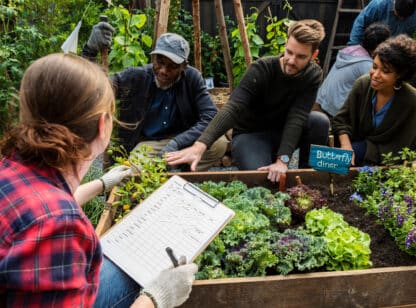
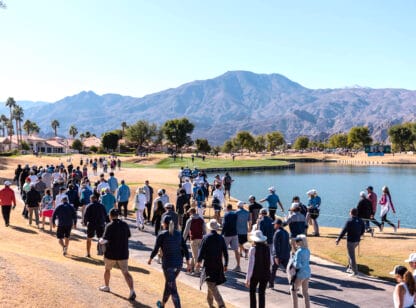

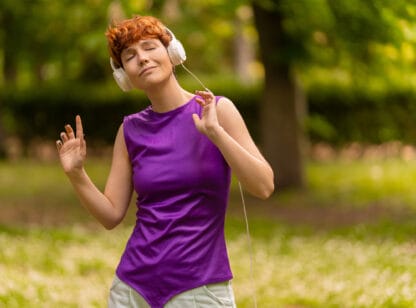
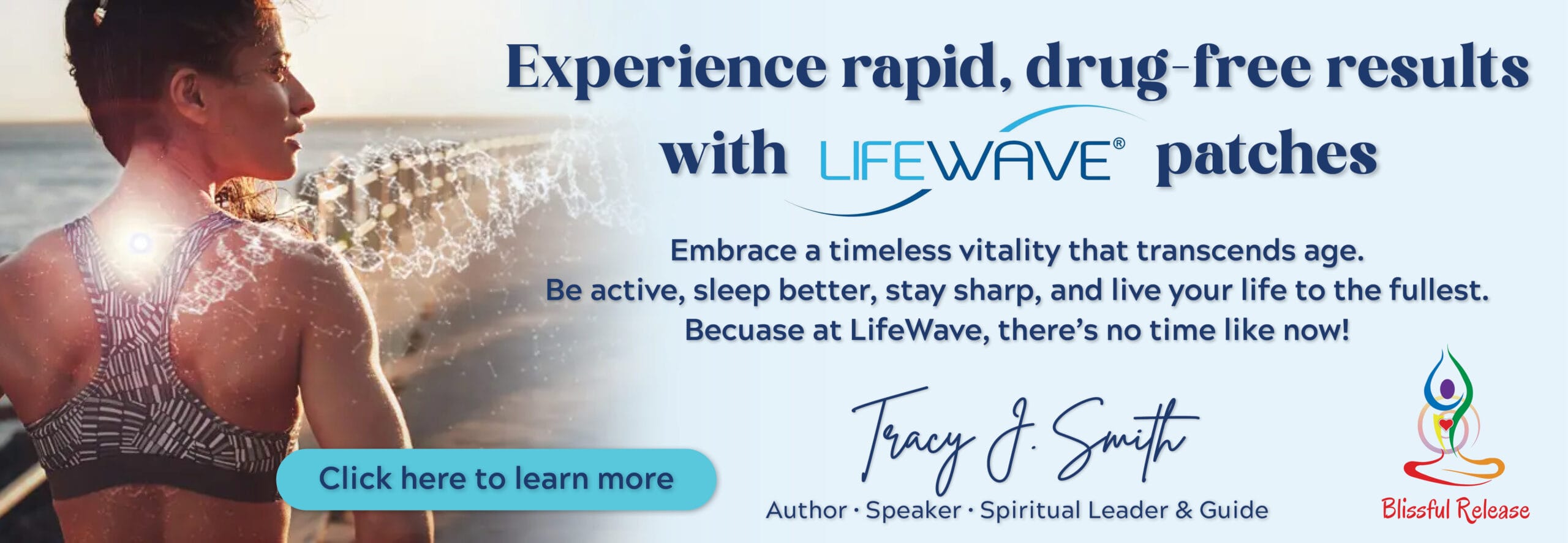
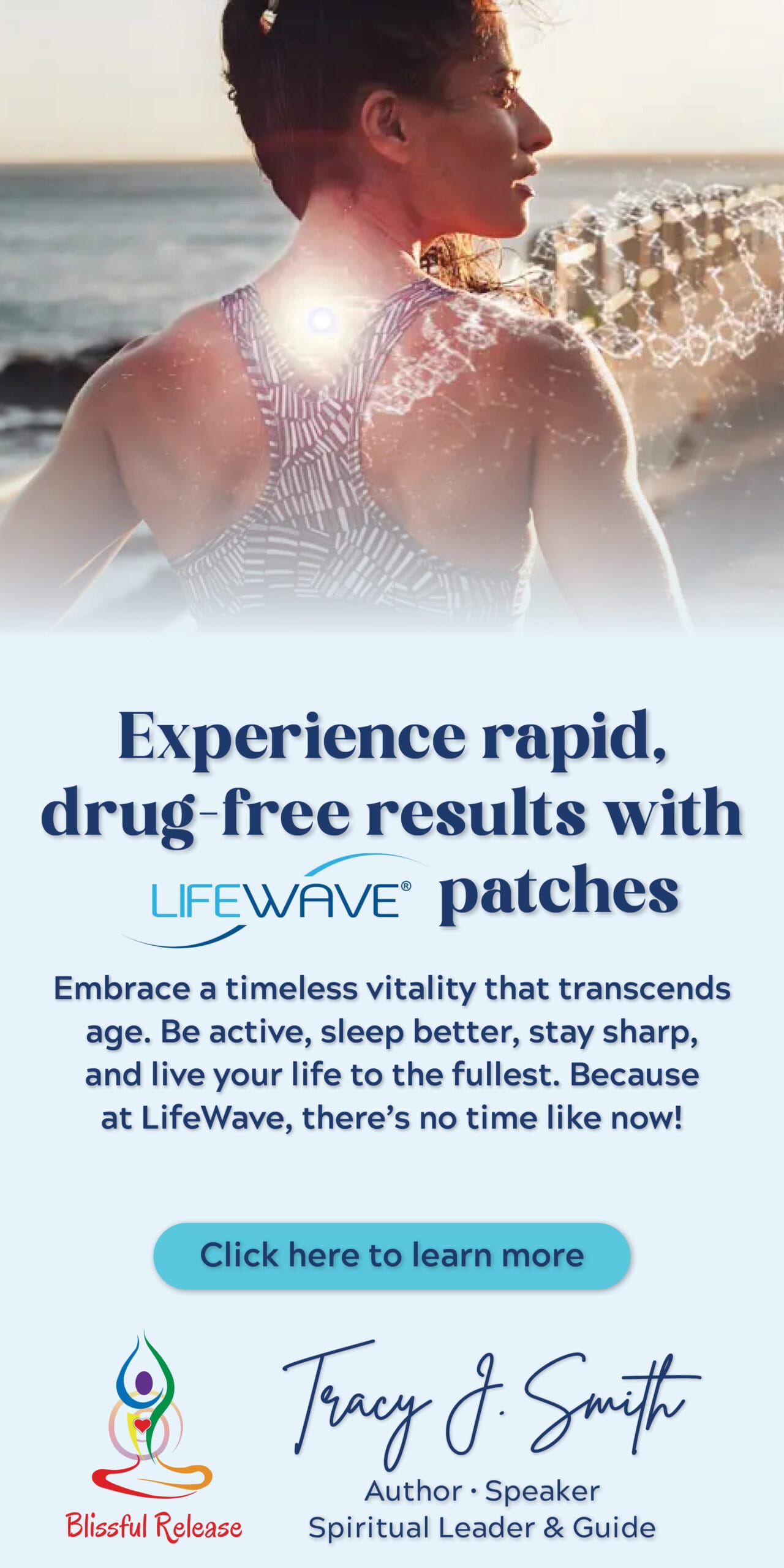
































Comments (0)